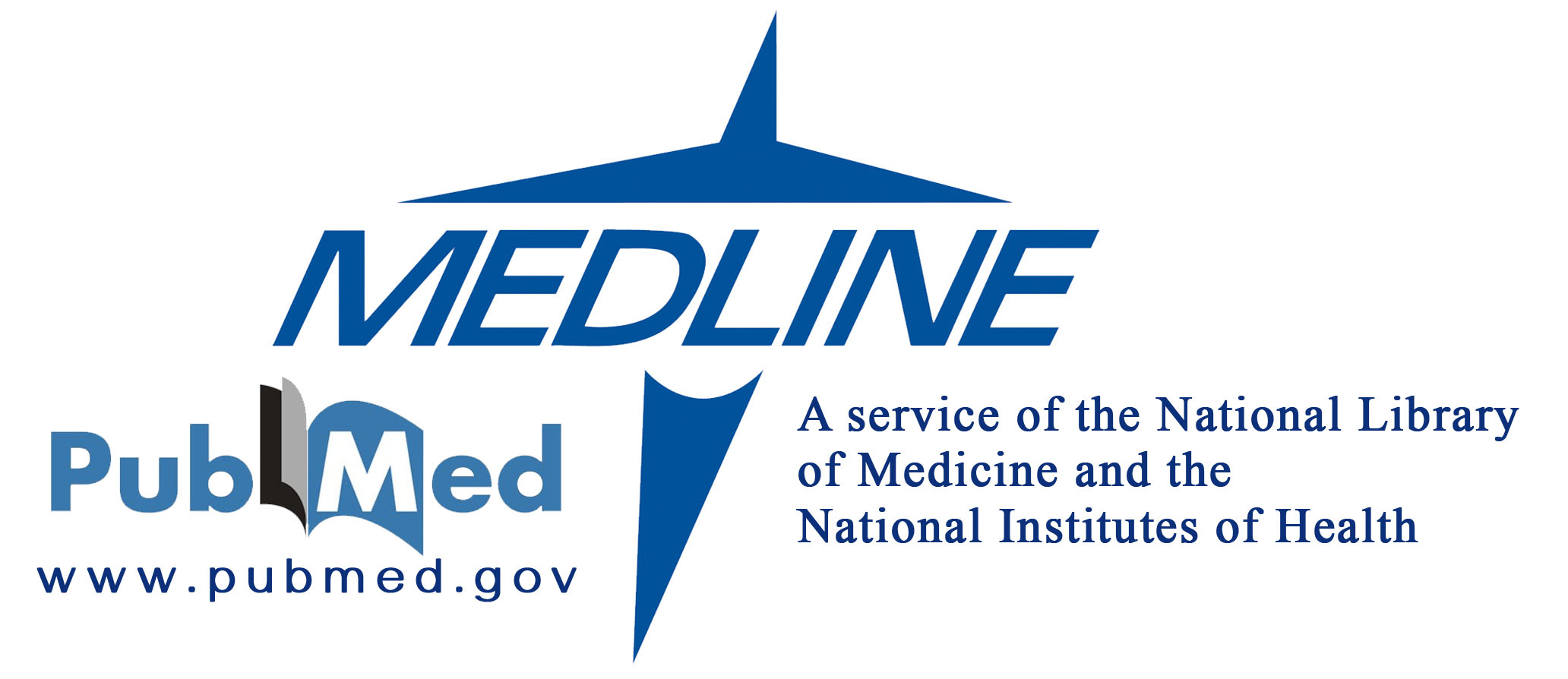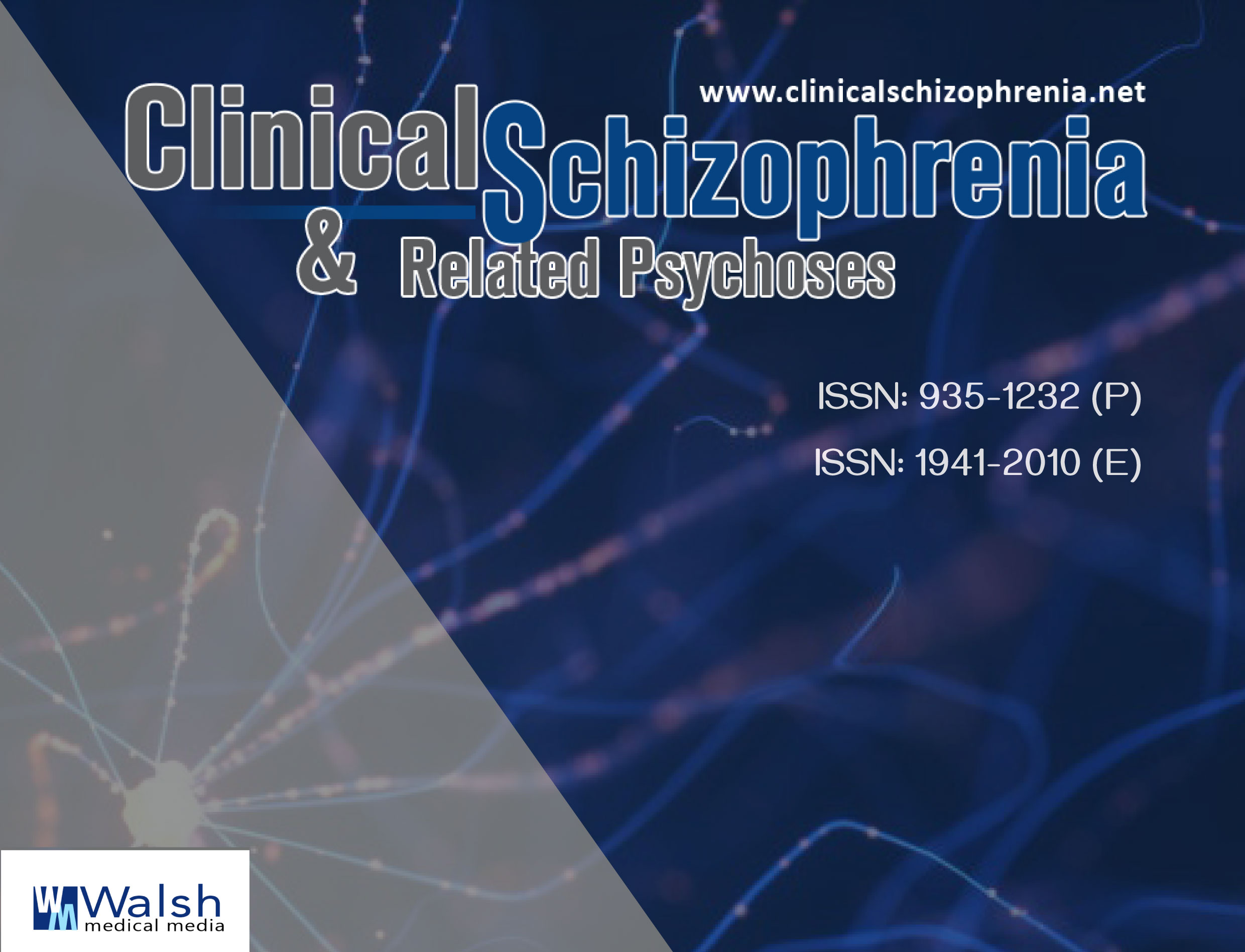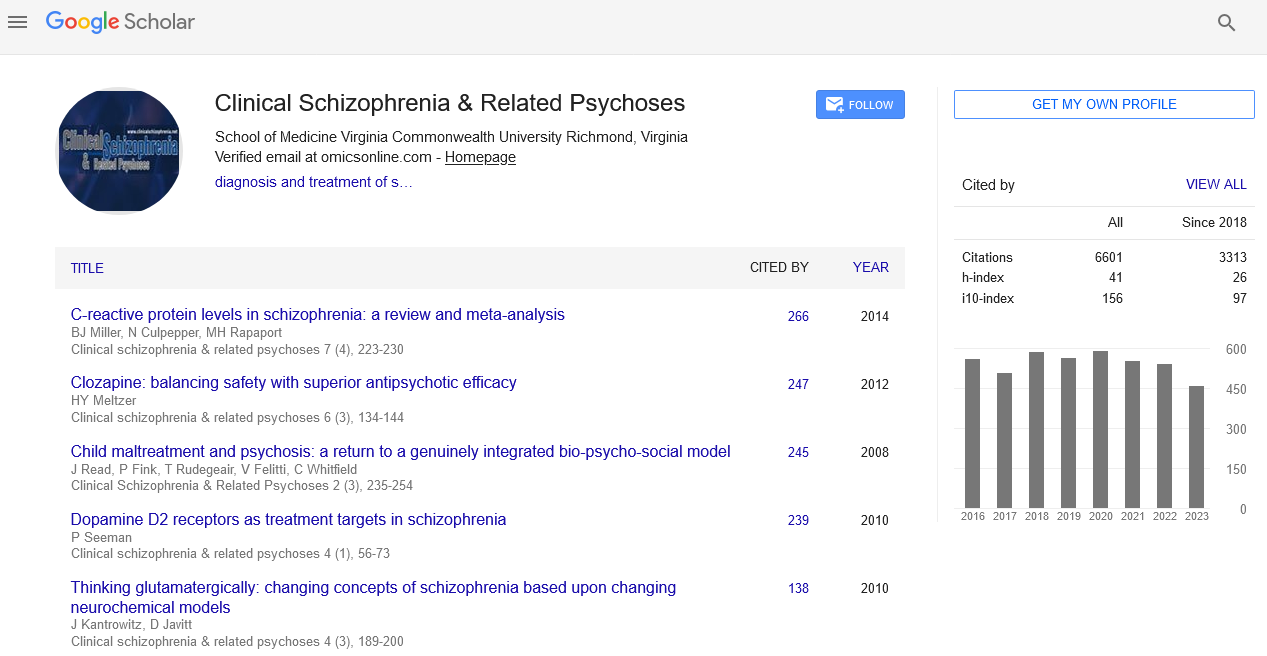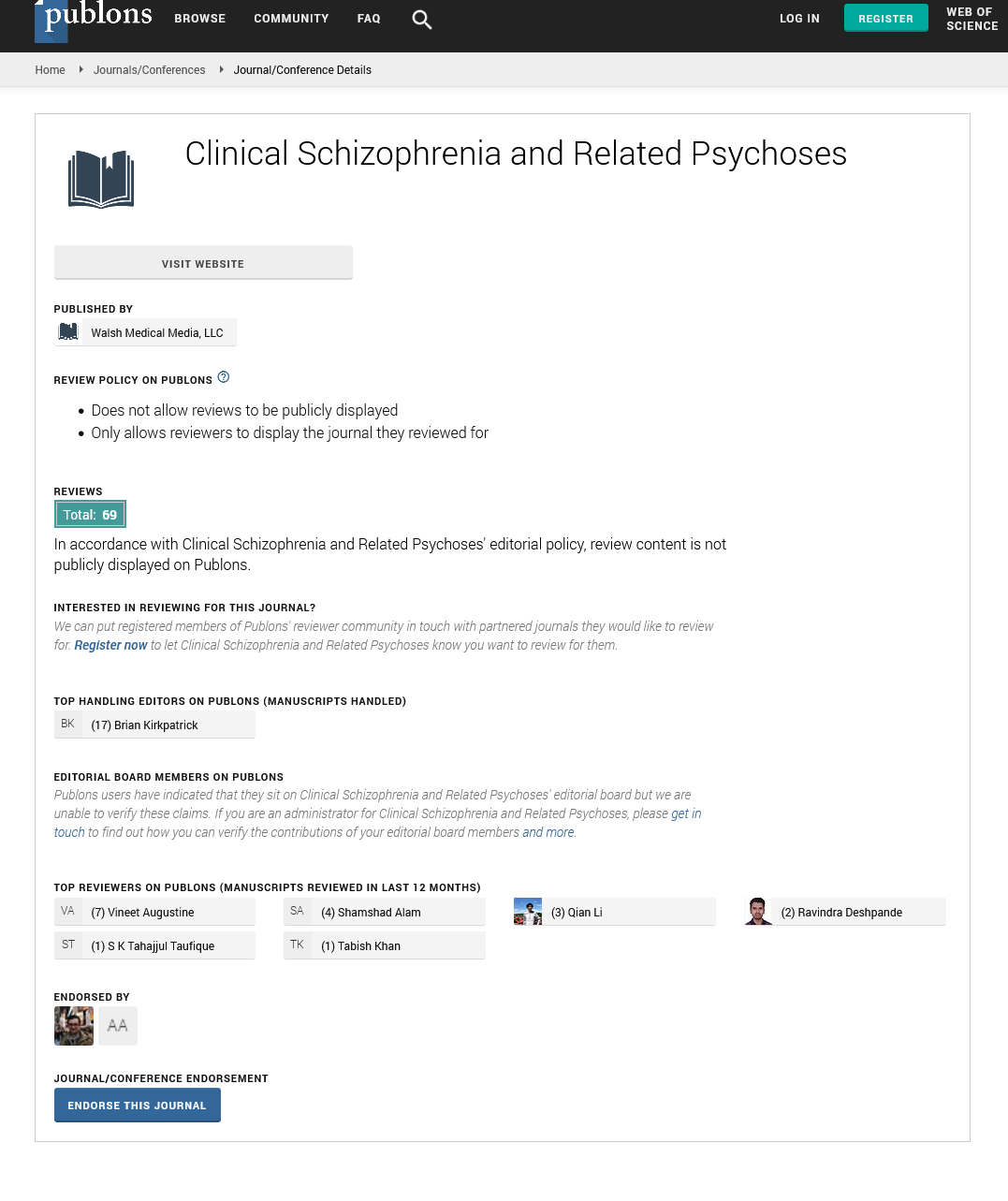Mini Review - Clinical Schizophrenia & Related Psychoses ( 2024) Volume 0, Issue 0
The State of “Schizo” in Psychiatry: A Mini-Review
Jim van Os1,2* and Sinan Guloksuz3,42Department of Psychosis Studies, King’s College London, London, UK
3Department of Psychiatry and Psychology, Maastricht University Medical Centre, Maastricht, Netherlands
4Department of Psychiatry, Yale University School of Medicine, New Haven, USA
Jim van Os, Department of Psychosis Studies, King’s College London, London, UK, Email: j.j.vanos-2@umcutrecht.nl
Received: 03-Jun-2024, Manuscript No. CSRP-24-137908; Editor assigned: 06-Jun-2024, Pre QC No. CSRP-24-137908 (PQ); Reviewed: 21-Jun-2024, QC No. CSRP-24-137908; Revised: 28-Jun-2024, Manuscript No. CSRP-24-137908 (R); Published: 05-Jul-2024, DOI: 10.3371/CSRP.AMOS.100002
Abstract
Thomas Kuhn's theory of scientific paradigms suggests that mature sciences are defined by scientifically valid paradigms guiding research and practice. However, psychiatry, particularly in addressing severe mental suffering, has not achieved such maturity due to ongoing debates over mental disorder classifications like schizophrenia. Schizophrenia, traditionally viewed as a severe, chronic brain disorder, exemplifies the limitations of a biomedical, reductionist approach, lacking robust biological markers and consistent treatment outcomes. This article argues for the reconceptualization of Psychosis as a Spectrum Disorder (PSD), it provides a more thorough view of mental health by recognizing the range of variance within the group of psychotic, intellectual, emotional and motivational events, as well as their connection with additional mental disorders. This approach aligns with the moral era of medicine, emphasizing patient-centred care, ethical practice, and social responsibility. The broad diagnosis of PSD followed by a personalized clinical characterization framework, which assesses various symptom dimensions, aspects of cognition and individual factors, represents a significant advancement towards more effective, inclusive, and compassionate mental health care.
Keywords
Schizophrenia • Psychosis • Psychiatry • Diagnosis • Identity • Recovery • Mental health • Stigma
Introduction
Thomas Kuhn posited that scientific fields undergo periodic revolutions, leading to paradigm shifts [1]. A paradigm encompasses the theories, methods, and standards that define a scientific discipline. In a mature science, a dominant paradigm guide’s research, dictating what is studied, how research is conducted and how results are interpreted. Anomalies or persistent problems within the existing paradigm eventually lead to a crisis and, subsequently, a paradigm shift. Psychiatry (and psychology), particularly in addressing states of severe mental suffering, have not achieved the status of mature sciences with stable paradigms. The persistent debate over the nature and classification of mental disorders, particularly schizophrenia, indicates a lack of consensus on foundational principles.
The complexity, diversity and unpredictable nature of mental states have called into question the biological model's supremacy, which aims to apply linear, scientific methods to mental health.
Schizophrenia, which has long been regarded as a serious, chronic brain condition, highlights the approach's limits. Despite substantial study, there is no convincing biological marker or unifying explanation for schizophrenia, and therapy outcomes are exceedingly diverse.
Literature Review
The present portrayal of schizophrenia as a chronic, poor-outcome condition is an effective tool for legitimising psychiatry as a medical specialty. However, this conceptualization is not supported by rigorous research and does not accurately reflect clinical reality. 'Schizophrenia' is just the 25% bad outcome portion of a considerably larger Psychosis Spectrum Disorder (PSD) phenotype, blended with emotional, cognitive, motivational and other traits, and 'comorbid' with practically all DSM-5 illnesses. Confusion between diagnosis and prognosis (prognostication) generates an intellectual bias and makes it hard in scientific investigations to distinguish factors influencing incidence from ones affecting frequency, resulting in unclear scientific conclusions [2]. Revising the notion of schizophrenia to reflect its range of diversity will bring psychiatric treatment into line with current scientific understanding and enable more effective, individualized care.
Discussion
Diagnosis as an intervention in the identity
The diagnosis of schizophrenia is a life-changing event that influences not just therapy but also self-identity [3]. Inviting someone to wear this moniker frequently conveys negative overtones, such beliefs about chronicity and a poor prognosis. Because of the perplexing Greek phrase, other individuals are unable to relate to any part of their own mental variety. This can result in a self-fulfilling prophesy, in which people internalise social exclusion and low expectations and alter their behaviour accordingly, akin to a youngster who believes they will never achieve in school and so performs poorly. The designation of schizophrenia can similarly damage the identity, possibly leading to negative results in terms of demoralisation, low aspirations and invalid concepts of risk and progression The pursuit of identifying "Ultra-High Risk" (UHR) or "Clinical High Risk" (CHR) states for later 'schizophrenia' depends on a belief that there exists a linear, computationally motivated development from less severe 'risk' states to severe schizophrenia, identical to the development seen in some cancers. However, the parallel is incorrect [4]. It has been demonstrated that the CHR paradigm is based on the simplistic assumption that the existence of reduced psychotic symptoms in teens properly predicts the onset of schizophrenia. This method disregards the complex, multifaceted character of psychopathology and the inherent diversity in the display of psychotic symptoms. The CHR paradigm depends on the binary ideas of "risk" and "transition," which focus primarily on positive psychotic experiences while ignoring the larger context of a person's mental health. Based on epidemiological studies, psychotic experiences frequently occur together with prevalent mental illnesses such as anxiety, depression and substance use and these occurrences are more readily recognised as markers of overall psychopathological severity than as particular signs of imminent schizophrenia. The focus on forecasting "transition" to schizophrenia ignores not only the dynamic and variable character of psychotic symptoms, but additionally refuses to take into account the whole range of psychopathological factors that influence outcomes. As a result, the CHR framework may result in superfluous actions and personal stigmatisation due to an incorrect prediction model. Rather, a more comprehensive strategy is urged, taking into account the entirety of a person's psychological condition as well as the non-linear complexity of psychosis, as opposed to simplistic and causal notions of mental disease progression.
Moral era of medicine
The "moral era of medicine" is an approach to change in medical that prioritises patient-centred treatment, ethical practice, and co-creation and healthcare workers' societal duties [5]. Among the basic ideas are the restoration of trust and compassion, ethical practice and patientcentred care, which means that patients' needs and values should come first in healthcare. This includes incorporating patients into making their own medical choices, honouring their preferences, and offering care that is tailored to their own circumstances and requirements. The moral age emphasises the necessity of resolving social causes of wellness and achieving fairness in healthcare access and results. This is suggested that the expression "schizophrenia" and its primary function in psychiatry are inconsistent with the ethical era of healthcare because they maintain judgement, simplifies the nature of psychological suffering, and impede the move regarding more focused on patients, comprehensive, and equitable approaches to care that the moral era requires. The standard conception of schizophrenia exemplifies psychiatry's outmoded epistemic position, which prioritises finding "the right medicine for supposed brain diseases". This viewpoint simplifies complicated emotional experiences to simple biological terms, neglecting the diverse nature of mental distress, which involves psychological in nature social, vital, religious, and physical factors. In addition, a finding of schizophrenia, which implies chronicity and severe dysfunction, frequently stigmatises individuals and reduces their chances of rehabilitation.
This is contrary to the principles of the moral era, which advocate for empowering patients, reducing stigma and promoting recovery-oriented practices [6]. The continued use of the schizophrenia diagnosis appears to reflect psychiatry's unwillingness to relinquish its position as the guardian of "true knowledge" in favour of an increasingly inclusive, cooperative strategy. This hesitation prevents the discipline from evolving and aligning with the moral era's principles of compassion, involvement of patients, and cognitive humility. To completely embrace the moral age of medicine, psychiatry must critically reconsider and maybe abandon obsolete ideas such as schizophrenia in favour of a more scientific framework that better meets patients' various and dynamic needs. Towards a science-driven psychosis spectrum disorder and personalized clinical characterization framework Using an empirical spectra treatment for psychosis, as offered by the Psychosis Spectrum Disorder (PSD) idea, facilitates a more thorough and broad view of mental health. This method emphasises the range of psychotic experiences, from mild to severe, as well as the connection with additional psychological illnesses such as anxiety, depression, and drug use disorders. By putting psychosis in a larger perspective, the public's understanding of these diseases might shift from being fundamentally severe and debilitating to recognising the possibility of variety and recovery. This can help to alter social views and prevent prejudice against people with psychosis. The range method improves communication between patients and healthcare professionals. It promotes joint decision-making as well as personalised treatment plans that take into account someone's specific experiences and needs within the context of the original more agnostic wide spectrum strategy. This can increase patient involvement, improve adherence, and eventually lead to improved outcomes. The PSD paradigm also encourages more dynamic and adaptable approaches to research and therapeutic practice. It promotes the investigation of fundamental causes and treatment options that are relevant across the psychosis spectrum, as opposed to being limited to the strict yet erroneous borders of schizophrenia. This might lead to new approaches to studying and treating psychotic illnesses [7]. It can also aid in the critically needed public mental health approach to mental distress by tying spectrum diversity to environmental variables and emphasising wellness [8].
The upcoming approach to diagnosing and treatment psychosis emphasises a wide initial PSD range diagnostic accompanied by highly personalised clinical characterisation. This strategy represents the awareness that psychosis appears in a variety of complicated ways, needing a personalised therapy for each patient. At first, individuals receive a broad diagnostic of psychosis spectrum disorder, which includes an extensive range of psychotic episodes as well as related cognitive, emotional, inspiring and other indicators, while admitting that the spectrum has structure and diversity. This wide classification avoids the difficulties of strict diagnostic classifications such as schizophrenia, which can contain stigmatising connotations and fail to reflect the entire scope of the person's illness. After the general diagnosis, the medical characterisation framework enters play. This paradigm entails a thorough, comprehensive assessment of the patient, which covers a variety of domains necessary for tailoring therapy and care regimens [9,10]. Therefore, broad medical description includes symptom parameters, additional psychopathological parts, beginning and obviously, psychological situations, neurocognitive working, social thinking, neurological development metrics, interpersonal functioning and quality of life, medical staging, bodily complications and mental health disorders, environmental exposures and protective variables, internalised prejudice, and elements related to vital healing [11].
Implementation in clinical practice
To effectively utilise the wide PSD and highly customised clinical characterisation structure, a variety of simple evaluation tools must be integrated into normal clinical procedures. These tools help clinicians systematically evaluate the multiple dimensions of the patient’s condition, leading to a personalized management plan. This plan includes selecting and modulating treatment modalities based on clinical characterization, addressing the patient's practical needs and also allowing for recoveryrelated focus on identity, meaning and resilience.
Conclusion
Psychiatry has trapped itself by adhering to the epistemological notion of finding “the right medication for the right brain disease”. This approach has resulted in a rigid diagnostic framework that often fails to capture the complexity of mental health variations. Replacing the diagnosis of schizophrenia with a psychosis spectrum approach within a clinical characterization framework represents a significant advancement in the personalization and humanization of mental health care. This approach not only aligns with contemporary scientific understanding but also promotes holistic, patient-centred care that addresses the full spectrum of psychotic experiences and their impact on individuals’ lives. It paves the way for more effective and compassionate treatment strategies that can significantly improve outcomes for people experiencing psychosis.
Conflict of Interest
The authors declare no conflict of interest in the preparation of this review.
References
- Kuhn, Thomas. The Structure of Scientific Revolutions. The University of Chicago Press (2012).
- Gülöksüz, Sinan and Jim van Os. The Slow Death of the Concept of Schizophrenia and the Painful Birth of the Psychosis Spectrum. Psychol Med (2018): 229-244.
[Crossref] [Google Scholar] [PubMed]
- Conneely, Maev, Philip McNamee, Veenu Gupta and John Richardson, et al. Understanding Identity Changes in Psychosis: A Systematic Review and Narrative Synthesis. Schizophr Bull 47 (2021); 309-322.
[Crossref] [Google Scholar] [PubMed]
- Gülöksüz, Sinan and Jim van Os. A Critique of the "Ultra-High Risk" and "Transition" Paradigm. World Psychiatry 16 (2017): 200-206.
[Crossref] [Google Scholar] [PubMed]
- Berwick, Donald. Era 3 for Medicine and Health Care. JAMA (2016): 1329-1330.
[Crossref] [Google Scholar] [PubMed]
- Van, Os Jim and Sinan Guloksuz. Schizophrenia as a Symptom of Psychiatry's Reluctance to Enter the Moral Era of Medicine. Schizophr Res 242 (2022): 138-140.
[Crossref] [Google Scholar] [PubMed]
- Gülöksüz, Sinan and Jim van Os. En attendant Godot: Waiting for the Funeral of "Schizophrenia" and the Baby Shower of the Psychosis Spectrum. Front Psychiatry 12 (2021): 618842
[Crossref] [Google Scholar] [PubMed]
- Gülöksüz, Sinan and Jim van Os. Population Salutogenesis-The Future of Psychiatry? JAMA Psychiatry 81 (2024): 115-116.
[Crossref] [Google Scholar] [PubMed]
- Maj, Mario, Jim van Os, Marc de Hert and Wolfgang Gaebel, et al. The Clinical Characterization of the Patient with Primary Psychosis Aimed at Personalization of Management. World Psychiatry 20 (2021): 4-33.
[Crossref] [Google Scholar] [PubMed]
- van Os, Jim, Lotta-Katrin Pries, Margreet Ten Have and Ron de Graaf, et al. Context V. Algorithm: Evidence that a Transdiagnostic Framework of Contextual Clinical Characterization is of more Clinical Value than Categorical Diagnosis. Psychol Med 53 (2021): 1-9.
[Crossref] [Google Scholar] [PubMed]
- Leucht, Jim van Os, Jäger and Davis. Review of Psychiatric Diagnostic Approaches: Priorization of Psychopathology and Clinical Characterization. JAMA Psychiatry 5 (2024).
Citation: Jim van Os, Sinan Guloksuz. "The State of �¢??Schizo�¢?� in Psychiatry: A Mini-Review" Clin Schizophr Relat Psychoses 18 (2024). DOI: 10.3371/CSRP.AMOS.100002
Copyright: �© 2024 van Os J, et al. This is an open-access article distributed under the terms of the Creative Commons Attribution License, which permits unrestricted use, distribution, and reproduction in any medium, provided the original author and source are credited. This is an open access article distributed under the terms of the Creative Commons Attribution License, which permits unrestricted use, distribution, and reproduction in any medium, provided the original work is properly cited.






